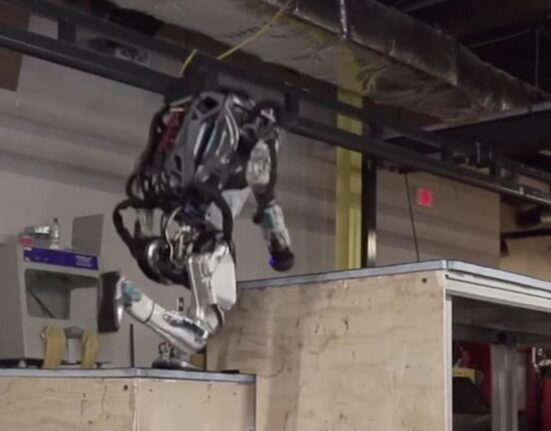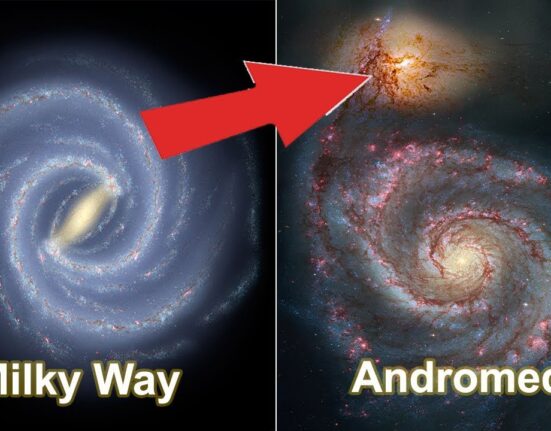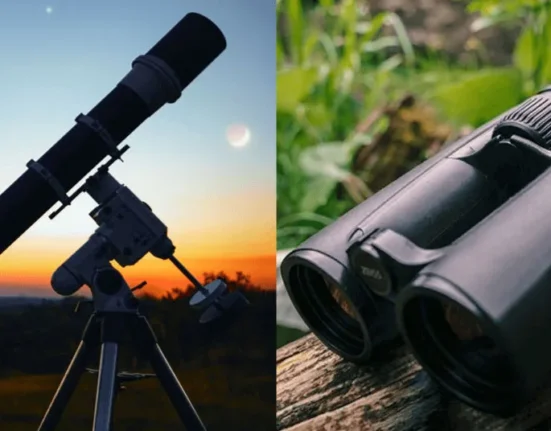Imagine a world where the mysteries of particle physics, dark matter, and the origins of space and time are unlocked thanks to groundbreaking quantum sensor technology. This isn’t just science fiction; it’s the exciting reality that a team of researchers from esteemed institutions like Fermilab, Caltech, and NASA’s Jet Propulsion Laboratory (JPL) is ushering in.
“In the next 20 to 30 years, we will see a paradigm shift in particle colliders as they become more powerful in energy and intensity.” – Maria Spiropulu
Maria Spiropulu, a distinguished Physics professor at Caltech, envisions a future where particle colliders will reach unprecedented levels of energy and intensity. To meet these upcoming challenges head-on, cutting-edge technologies like quantum sensors are being developed today.
The research team has recently made significant strides by testing superconducting microwire single-photon detectors (SMSPDs) at Fermilab. These quantum sensors boast remarkable efficiency in detecting high-energy particles such as protons, electrons, and pions with unparalleled precision compared to traditional detectors.
“This is just the beginning… We have the potential to detect particles lower in mass than we could before as well as exotic particles like those that may constitute dark matter.” – Si Xie
Si Xie, a dedicated scientist involved in the project at Fermilab and Caltech, emphasizes that this journey into quantum sensing is merely scratching the surface. The possibilities are endless – from uncovering lighter particles than ever before to identifying enigmatic constituents of dark matter.
But how exactly do these quantum sensors work their magic? Picture them as sophisticated detectives equipped with not only heightened spatial awareness but also an acute sense of time tracking. In essence, they operate as “4D sensors,” offering unparalleled simultaneous spatial and time resolution crucial for complex particle physics experiments.
“We call them 4D sensors because they can achieve better spatial and time resolution all at once.” – Si Xie
To grasp their significance further, consider high-speed collisions akin to bustling crowds flooding into Grand Central Station. Just like security images tracking individuals amidst chaos require both spatial accuracy and timely snapshots for effective surveillance; these sensors excel at capturing intricate particle interactions within nanoseconds.
Furthermore, beyond their applications in fundamental physics research lies a realm brimming with technological advancements. Quantum networks stand to benefit immensely from this innovation – paving the way for futuristic developments like teleporting information over vast distances or even shaping the foundations of a quantum internet on which our digital future might rely.
“We are very excited to work on cutting-edge detector R&D like SMSPDs because they may play a vital role in capstone projects… And we are thrilled to have assembled a world-class team across several institutions…” – Cristián Peña
Cristián Peña, an accomplished scientist leading this transformative research effort while affiliated with Fermilab and Caltech echoes undeniable enthusiasm towards exploring uncharted territories through state-of-the-art detector technologies such as SMSPDs. The collaborative efforts spanning multiple institutions underscore not only the magnitude but also the collective passion fueling this scientific adventure.
As funding streams from entities like the US Department of Energy trickle into propelling such pioneering initiatives forward alongside support from global agencies committed to fostering scientific excellence; one thing remains crystal clear – we’re on the brink of unlocking profound secrets hidden within our universe using tools born out of human ingenuity and relentless curiosity.








Leave feedback about this